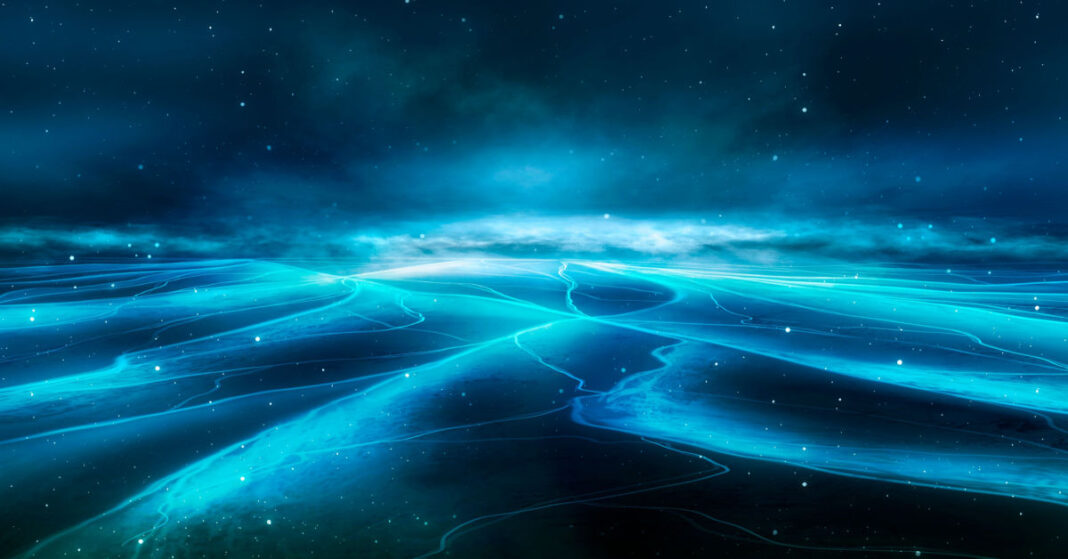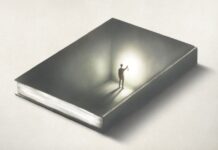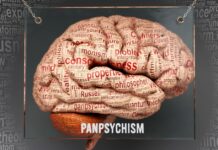I’m sharing this with you here (from my book MEDICINE BEYOND) in anticipation of a major webinar coming soon, featuring light as the Ultimate Nutrient! Mal-illumination is a term given scant regard BUT IT IS JUST AS IMPORTANT AS MALNUTRITION! Why? Because we ARE light!
Light seems to have a very special relationship with living creatures.
It has always been curious to me that the whole of the electromagnetic spectrum is hostile to biological life… except light and heat (and even heat can be damaging to life).
But not light!
Specifically, the band of waves that we call visible light: once into the shorter wavelengths we call “ultraviolet”, then it’s not friendly at all. But then it’s not light either, in the sense I am using the term. The very name “ultra’ violet means beyond visible violet light.
Light has other surprising beneficial health properties. UV light we know is antiseptic. In fact plain blue light (in the visible range) is also useful as a sterilizing agent. It can even help cure infections when shone on the skin: the so-called Florence Nightingale effect.
She showed that fresh air and sunlight were crucial to the management of infectious diseases in hospitals everywhere. Now scientists have discovered a “fresh air factor”, some unknown property of air and sunlight that tests show is capable of nailing microbes.
We Are Frozen Light
Robert Grosseteste, a medieval scholar (1175-1253) who is widely regarded to be one of the first true scientists, wrote a tract entitled De Luce (of light). In it, he describes the story of creation in terms of the modification of light. To Grosseteste, light possessed two aspects: one aspect was the light of our physical existence condensed into matter, and the other aspect was a light of intelligence embodied in the purely spiritual realms of the Godhead.
Grosseteste may have been close to modern quantum science. He presaged David Bohm’s famous aphorism: that we are made of “frozen light”.
In an interview Bohm gave with Renée Weber, Professor of Philosophy at Rutgers University, we learn more…
“When we come to light we are coming to the fundamental activity in which existence has its ground, or at least coming; close to it. … Light is what enfolds all the universe … Light in its generalized sense (not just ordinary light) is the means by which the entire universe unfolds into itself. … It’s energy and it’s also information–content, form and structure. It’s the potential of everything. … Light can carry information about the entire universe. The other point is that light, by interactions of different rays, can produce particles and all the diverse structures of matter.
These ideas incidentally are in striking accord with Helena Blavatsky’s mystical statements in The Secret Doctrine of 1888: “… pure light condensed gradually into form, hence becoming matter:” further, “light is the great magician … its multifarious, omnipotent waves give birth to every form as well as to every living being.”
Blavatsky I consider a humbug, but that doesn’t mean everything she said was a lie!
Quantum Hymn
It’s no longer a New Age hallelujah to sing, “We are beings of light!” It’s a quantum hymn too.
It’s another extension of my concept of biology outside the skin, calling attention to the theory of ultra-weak luminescence or photon emission by living tissues, usually called “biophotons”.
In fact biophotons were first postulated in 1923 by Russian medical scientist Professor Alexander G. Gurwitsch. He placed the roots of two onion shoots very close together and noted that they had a positive effect on each other’s growth. If he separated them by means of a glass partition, this mutual synergy did not take place; however, if the dividing screen was made of quartz, the original mutual bene?t was once again manifest. Gurwitsch concluded therefore that the growth in?uence had something to do with ultra-violet light emitted by the roots, because quartz allows UV light to pass, whereas glass does not.
In 1974 German biophysicist Fritz-Albert Popp proved the existence of biophotons, using sensitive photomultipliers, at the Max Planck Institute of Astronomy in Heidelberg.
 Prof. Fritz Albert Popp
Prof. Fritz Albert Popp
What Popp showed was that clearer and more vigorous light emissions are associated with rapid growth, whereas this falls away with cell ageing. Perhaps most remarkable of all was the discovery that when an organism dies almost all its cells give up their photons simultaneously in a ‘death flash’, some eight hours after the apparent cessation of life.
Popp also showed that stress increases the release of photons. Different disease states have different influences on the photon count: in cancer cases, the photons lost their coherence and diminished towards zero; as Lynne McTaggart quipped her best-selling book The Field, it seemed as if the patients’ lights were going out!
In a series of fascinating investigations, Popp showed that free-range chicken eggs had far more coherent photons than the eggs of battery-farmed chickens. In general, the healthiest foods have the most coherent photons and the lowest “leakage” rate. This ties in cleanly with the fact that a stressed organism gives off more biophotons, which is equivalent of moving towards death.
Most fascinating of all, tests showed that all living creatures trade photons, some sucking them up, like hungry vacuum cleaners. It can be postulated that this exchange of biophotons is a kind of hitherto undiscovered means of communication between all beings in the physical plane.
It’s fascinating to learn how close light is to our very nature. In fact, this may be what we are talking about when we use terms like Ch’i, prana or the “Cosmic Web”.
Bioluminescence
Bioluminescence, or phosphorescence, is weak but certainly visible. It is produced sometimes in living organisms, such as plankton, fireflies (glow bugs) or jellyfish.
Author naturalist Gerald Durrell gives a particularly vivid account of a memorable occasion, witnessing this beautiful phenomenon on the Greek island of Corfu:
The phosphorescence was particularly good that night. By plunging your hand into the water and dragging it along you could draw a wide golden-green ribbon of cold fire across the sea, and when you dived as you hit the surface it seemed as though you had plunged into a frosty furnace of glinting light. When we were tired we waded out of the sea, the water running off our bodies so that we seemed to be on fire, and lay on the sand to eat. Then, as the wine was opened at the end of the meal, as if by arrangement, a few fireflies appeared in the olives behind us—a sort of overture to the show.
First of all there were just two or three green specks, sliding smoothly through the trees, winking regularly; but gradually more and more appeared, until parts of the olive grove were lit with a weird green glow. Never had we seen so many fireflies congregated in one spot; they flicked through the trees in swarms, they crawled on the grass, the bushes and the olive-trunks, they drifted in swarms over our heads and landed on the rugs, like green embers. Glittering streams of them flew out over the bay, swirling over the water, and then, right on cue, the porpoises appeared, swimming in line into the bay, rocking rhythmically through the water, their backs as if painted with phosphorus.
(From My Family and Other Animals, Penguin, London, 1956)

“Sea sparkle” or bioluminescence caused by tiny organisms
Tiny plankton organisms produce the effect known as phosphorescence in seawater, when the tide and season is right. Light absorbed during the day is slowly released again at night, giving the sea a greenish glow. This phenomenon is also known as bioluminescence.
It’s beautiful to dip your hands into a sea of light and let it pour through your fingers. You are magically transported to the original formation of the universe!
To your good health,
Prof. Keith Scott-Mumby
The Official Alternative Doctor




